
Clinical Diagnosis
Latest News

Latest Videos

CME Content
More News

Dan Ignaszewski explains how the national advocacy campaign aims to unite patients, researchers, and clinicians to protect NEI’s independence and ensure vision research funding.

Marguerite B. McDonald, MD, FACS, shares a front-row view of ophthalmology’s “revolution with a capital R."

The ADAPT study will evaluate the safety and effectiveness of the Calibreye surgical system in up to 70 patients with refractory glaucoma.

Hidden signs of systemic disease, including heart attacks, may first reveal themselves through visual symptoms or subtle patient cues in the exam chair.

Current applications and future outlook on integrating robotic technology in the operating room.

Real-time data analysis and intelligent automation help streamline key steps.
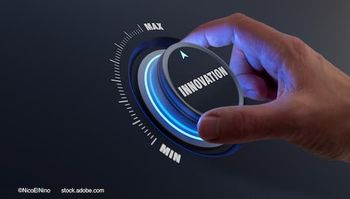
Robotic laser arcuate incisions reduce variability and residual astigmatism.
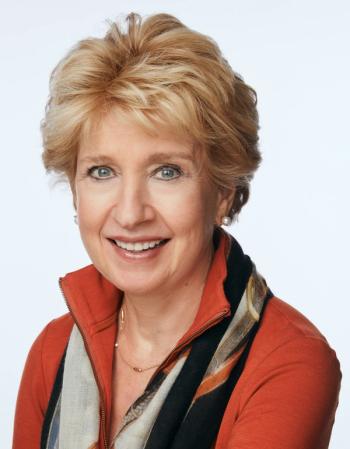
The Eye Care Network connected with Haller to hear her vision for Wills Eye Hospital, her priorities as CEO, and what lies ahead for the field of ophthalmology.
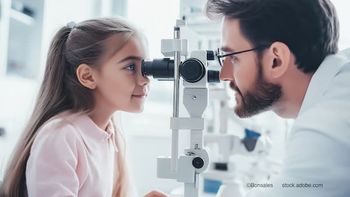
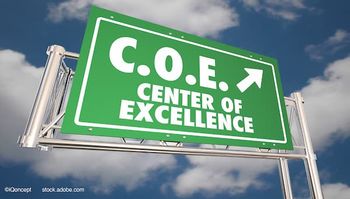
At the CCOI-Stanford Summit, Goldberg calls for collaborative trial models that could redefine efficiency and standardization in ophthalmology research.

Ophthalmologists discuss the most impactful advancements reshaping patient care over five decades.
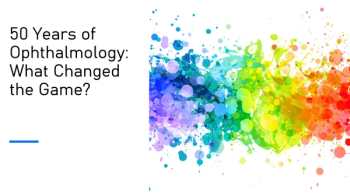
In honor of Ophthalmology Times’ 50th anniversary, anterior segment surgeons attending ASCRS 2025 weigh in on the innovations that defined modern ophthalmology.
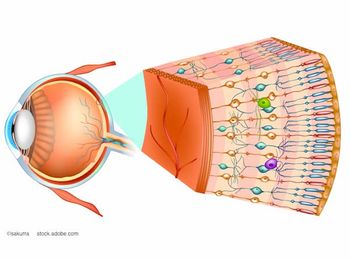
At the 2025 International SPECTRALIS Symposium—And Beyond (ISS), Chauhan discussed how two-photon microscopy enables precise, non-invasive monitoring of retinal ganglion cell function in living subjects.
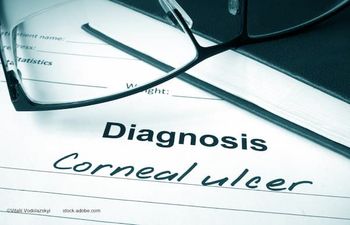
A new study demonstrates that handheld nanopore sequencers can rapidly identify eye infection pathogens using only a patient’s tears.

From Nobel laureates to AI-driven research, the Wilmer Eye Institute honors a century of transforming vision science and care.

Ixo-vec shows sustained efficacy and reduces injection burden through 4 years in clinical trials

Andrew G. Lee, MD, and Drew Carey, MD, discuss how baseline optical coherence tomography parameters can help ophthalmologists counsel patients and make more informed decisions after ethambutol-associated optic neuropathy.

Intracameral tPA can treat fibrinous clots in severe anterior uveitis.

Q&A: Kira Manusis, MD, on how the Center for Refractive Solutions is redefining patient care at NYEE
As its director, Manusis outlines the facility’s role in delivering advanced, personalized solutions to improve vision and patient experience.
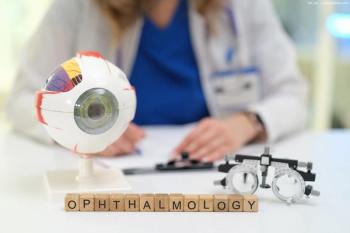
Changing demographics and increasing trial complexity present challenges and opportunities.
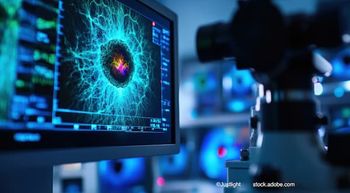
With detailed imaging and cognitive data, the Northern Ireland Cohort for the Longitudinal Study of Aging highlights the potential of integrating eye scans into broader health research.
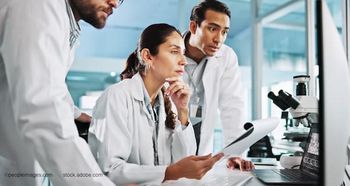
Optical coherence tomography markers—like the ellipsoid zone—are reshaping clinical trials in intermediate age-related macular degeneration, as highlighted at the 2025 International SPECTRALIS Symposium — And Beyond (ISS).

Fluorescence lifetime imaging ophthalmoscopy is emerging as a valuable tool to reveal previously hidden links between retinal changes and systemic disease.
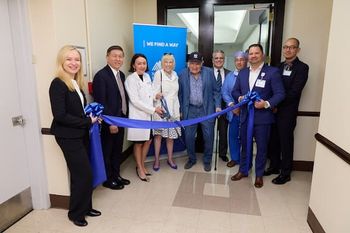
The center aims to optimize patients' vision with a range of cataract and corneal refractive procedures and minimize reliance on glasses and contacts.

NASA’s development of autonomous eye imaging technologies for astronauts aboard the International Space Station is paving the way for remote, high-quality eye care both in deep space and underserved regions on Earth.




























































.png)


